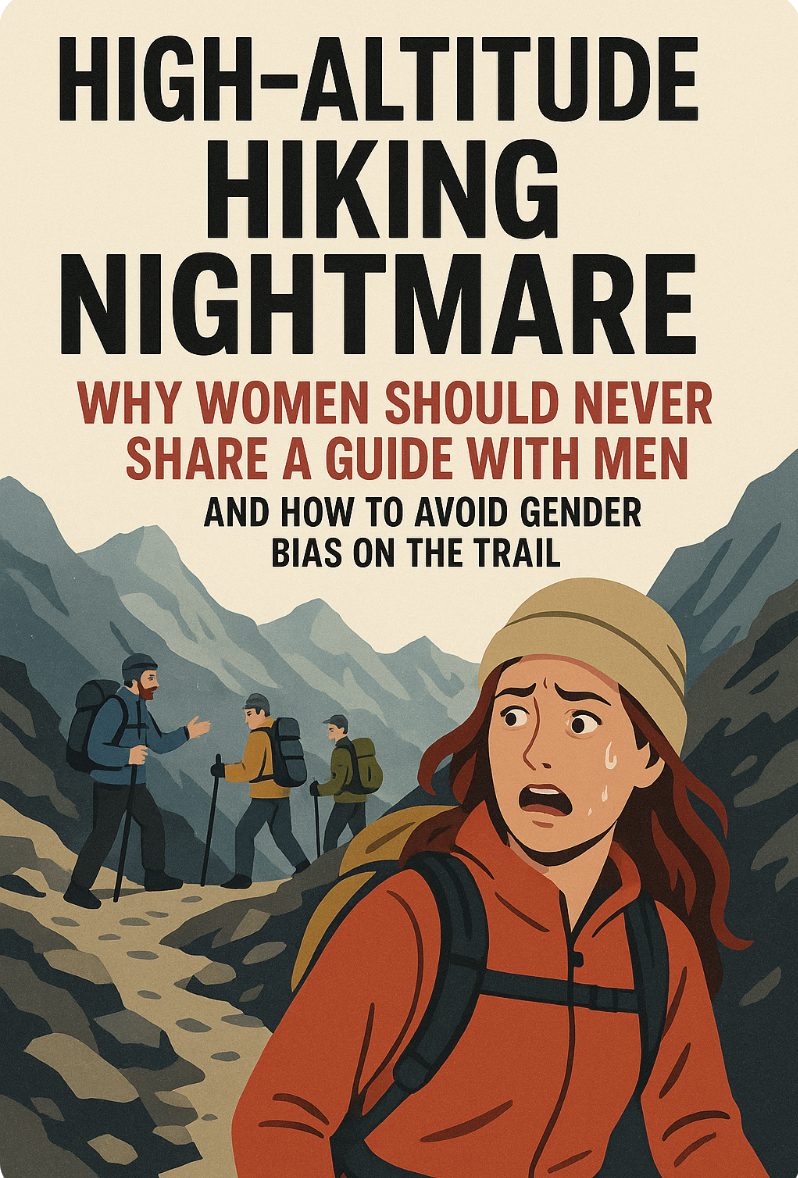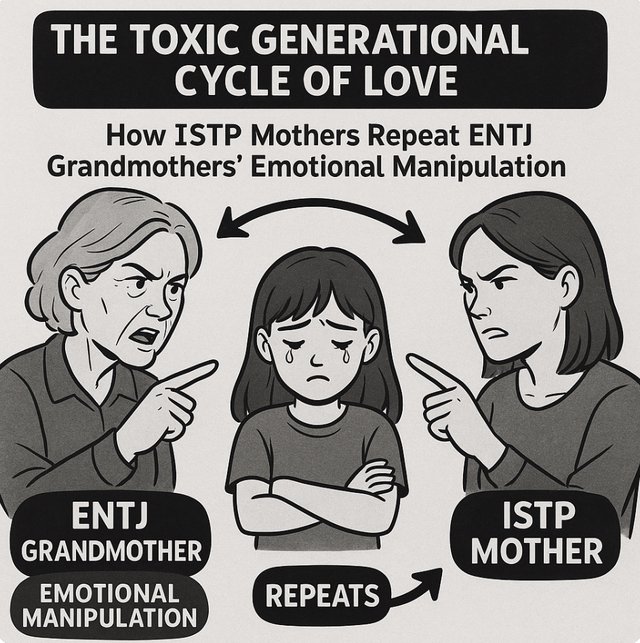HighAltitude Hiking Nightmare: Why Women Should Never Share a Guide with Men (And How to Avoid Gender Bias on the Trail)

The Hidden Gender Trap in High-Altitude Trekking
High-altitude hiking is a test of endurance, teamwork, and adaptability. But for women, it can also become an unfair battleground of gender stereotypes—especially when sharing a guide with male hikers. A viral post recently exposed a harsh reality: when men push too hard, fail to acclimatize, and jeopardize the group’s progress, women are often scapegoated due to ingrained biases. Here’s why this happens and how female hikers can protect themselves.
1. The Problem: Gendered Blame in Group Dynamics
In mixed-gender trekking groups, men are frequently perceived as “natural leaders,” even when their decisions are reckless. A common scenario:
A male hiker ignores altitude sickness symptoms, rushes the ascent, and collapses.
The group’s progress stalls.
Instead of blaming the individual, bystanders (often male-dominated) assume the female hiker slowed the group—reinforcing the “women can’t keep up” stereotype.
This bias stems from unconscious associations (e.g., men = strong, women = fragile) and is exacerbated by homosocial bonding (male guides/clients siding with each other). Women pay a double penalty: they endure unfair blame and reinforce harmful stereotypes, even when they’re the fitter, more prepared party.2. Why This Happens: Psychology and Groupthink
Confirmation Bias: People notice when a woman struggles (confirming their bias) but overlook men’s failures.
Diffused Responsibility: In groups, accountability blurs. The loudest voices (often male) shape the narrative.
Authority Bias: Male guides may unconsciously dismiss women’s concerns, siding with male clients.
MBTI Insight: Thinker types (e.g., ESTJ, ENTJ) may prioritize “efficiency” over equity, while Feeler types (e.g., INFP, ENFJ) might avoid conflict, letting biases go unchallenged.3. Solutions: How Women Can Protect Themselves
Before the Trip:
Demand Separate Guides (if co-ed): Insist on individualized support. A solo guide ensures your pace and needs are prioritized.
Screen Tour Companies: Choose operators with female guides or gender-balanced teams. Ask: “How do you handle altitude-related emergencies?”
Document Fitness Levels: Share training logs with the group to preempt false assumptions.
During the Hike:
Speak Up Early: Use assertive communication (e.g., “I’m pacing for acclimatization—let’s agree on a safe speed”).
Leverage Data: Track oxygen levels/steps to counter subjective critiques.
Form Alliances: Bond with other hikers (especially women) to create accountability.
Afterward:
Leave Honest Reviews: Call out biased treatment to pressure companies to improve.
Reframe the Narrative: Share your story (like the original post did) to expose systemic issues.
4. Bigger Picture: Changing Outdoor Culture
The outdoor industry must address this by:
Training guides on gender bias mitigation.
Encouraging women’s leadership in adventure tourism.
Normalizing individual accountability over group stereotypes.
Final Thought: High-altitude hiking shouldn’t be a gendered minefield. By preparing strategically and challenging biases, women can reclaim their space—and success—on the trail.




